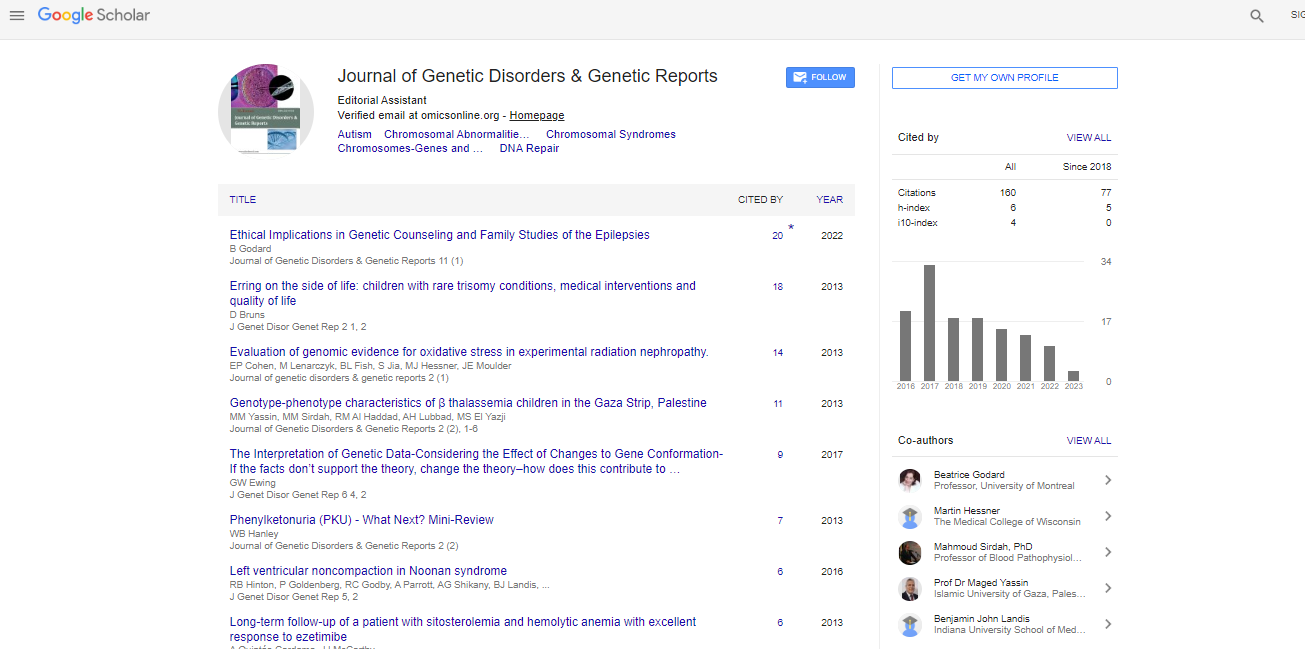Case Report, J Genet Disor Genet Rep Vol: 7 Issue: 3
Cerebellar Hypoplasıa as a Manıfestatıon of 6q25 Deletıon in a Preterm Newborn
Demırel G1*, Vatansever B1, Karavar H1, Gundogdu S1, Ertan G2 and Tastekın A1
1Division of Neonatology, Istanbul Medipol University, Istanbul, Turkey
2Department of Radiology, Istanbul Medipol University, Istanbul, Turkey
*Corresponding Author :Gamze Demirel
Division of Neonatology, Faculty of Medicine, Istanbul Medipol University, Istanbul, Turkey
Tel: +90 212 4707000-8545
E-mail: fgdemirel@medipol.edu.tr
Received: August 04, 2018; Accepted: September 07, 2018 Published: September 14, 2018
Citation: Demirel G, Vatansever B, Karavar H, Gundogdu S, Ertan G, et al. (2018) Cerebellar Hypoplasıa as a Manıfestatıon of 6q25 Deletıon in a Preterm Newborn. J Genet Disor Genet Rep 7:3. doi: 10.4172/2327-5790.1000178
Abstract
Deletions of chromosome 6q are rare and almost all have some form of craniofacial dysmorphisms and structural brain malformations such as corpus callosum agenesis, colpocephaly, polymicrogyria and hydrocephalus. Here we report a preterm infant with cerebellar and pontine hypoplasia as a presentation of terminal deletion of 6q25.
 Spanish
Spanish  Chinese
Chinese  Russian
Russian  German
German  French
French  Japanese
Japanese  Portuguese
Portuguese  Hindi
Hindi 



